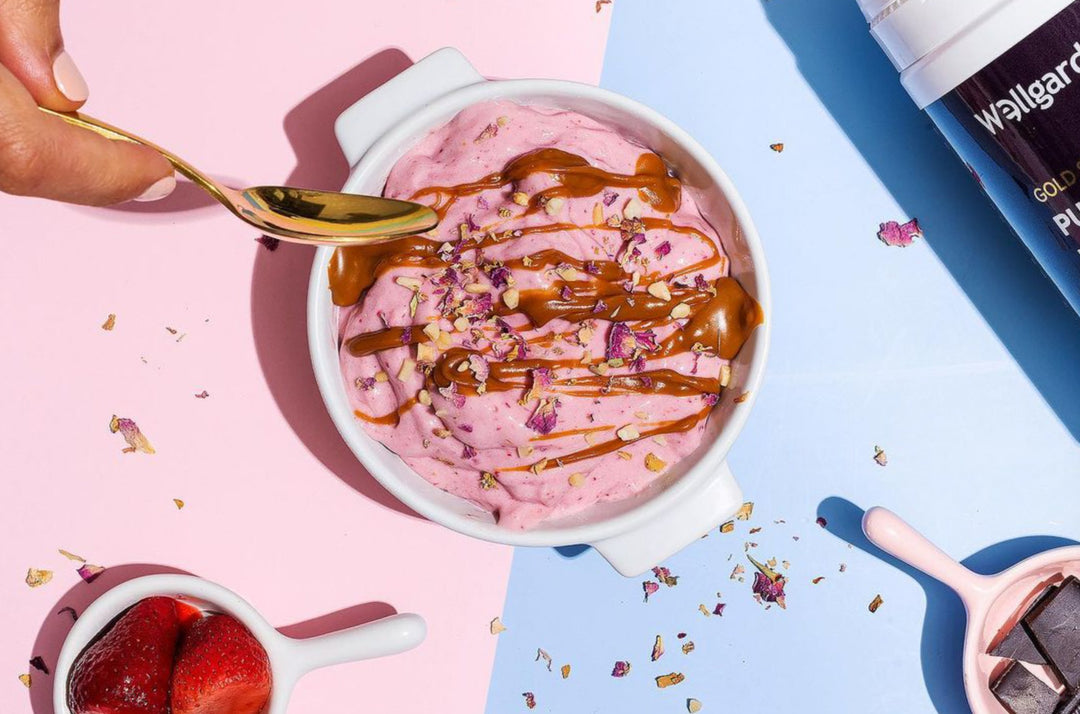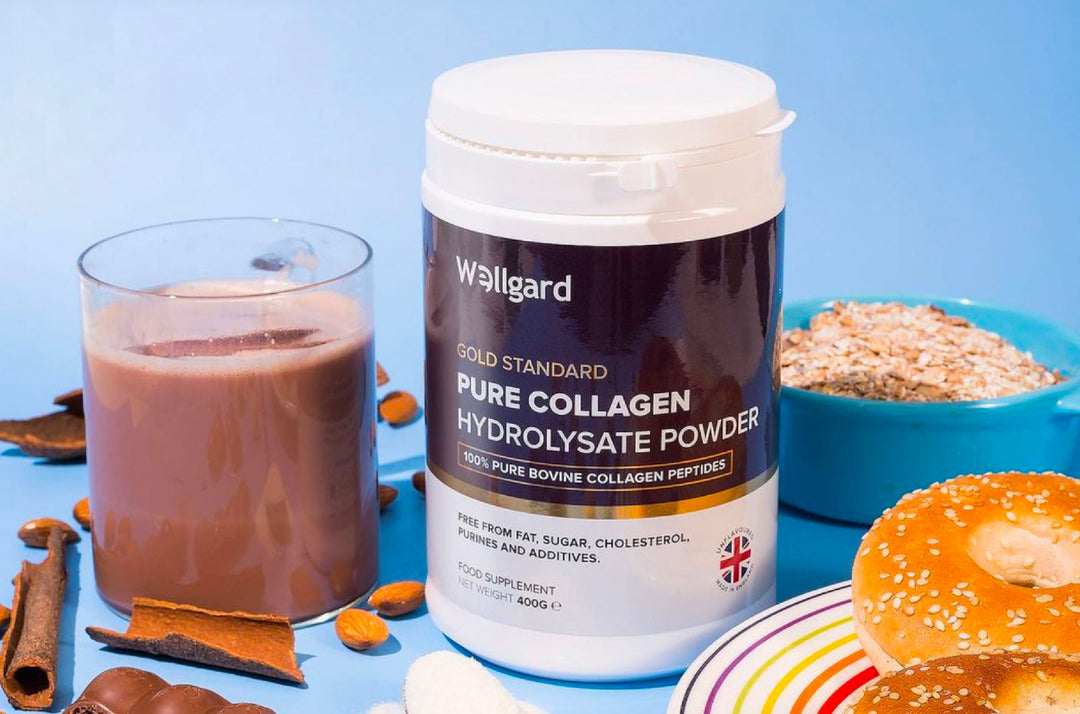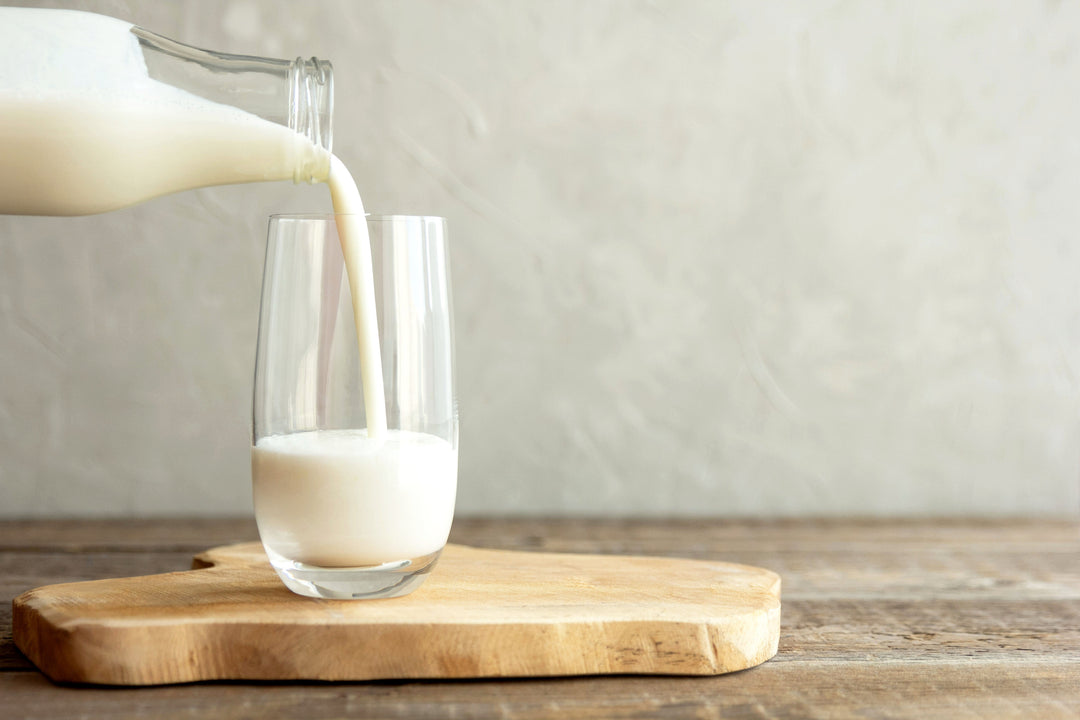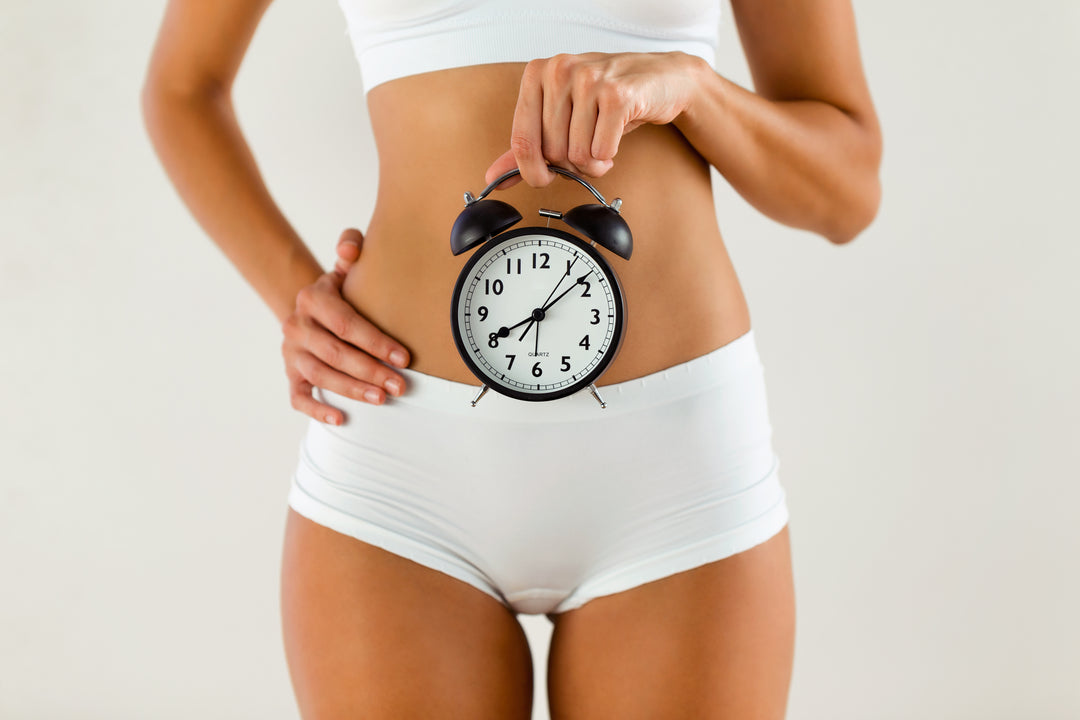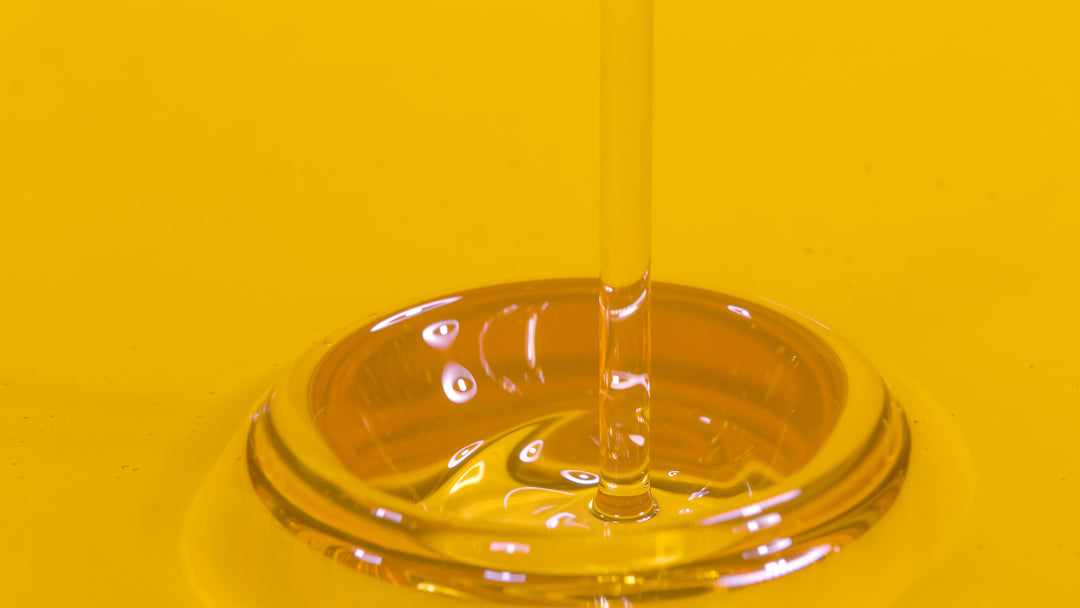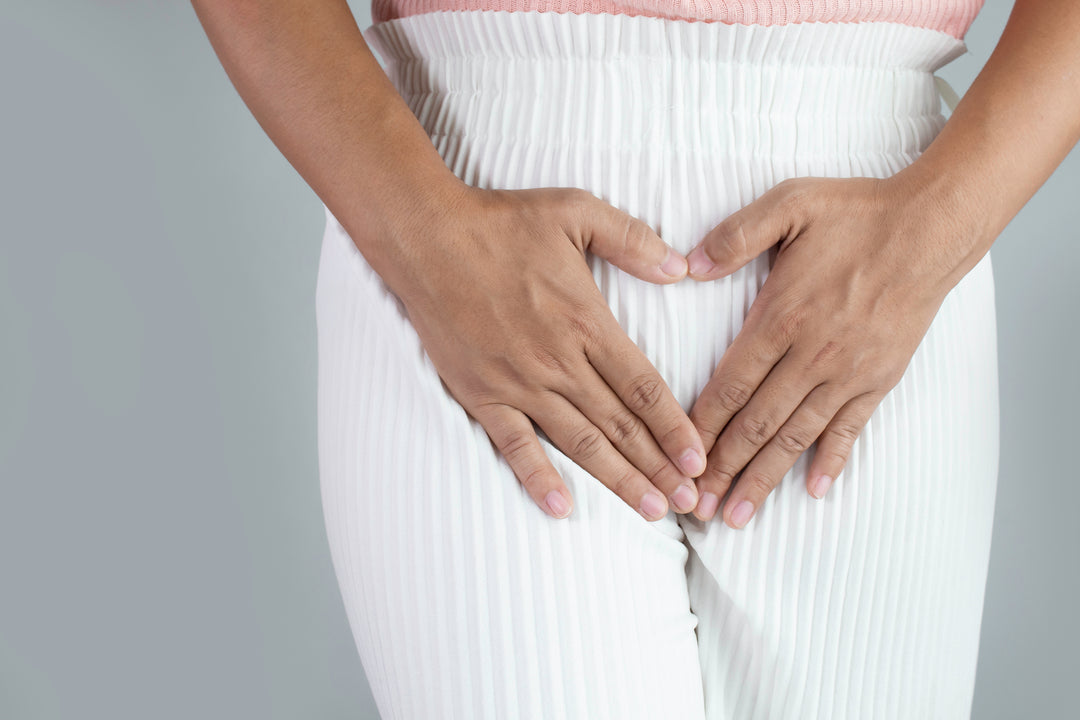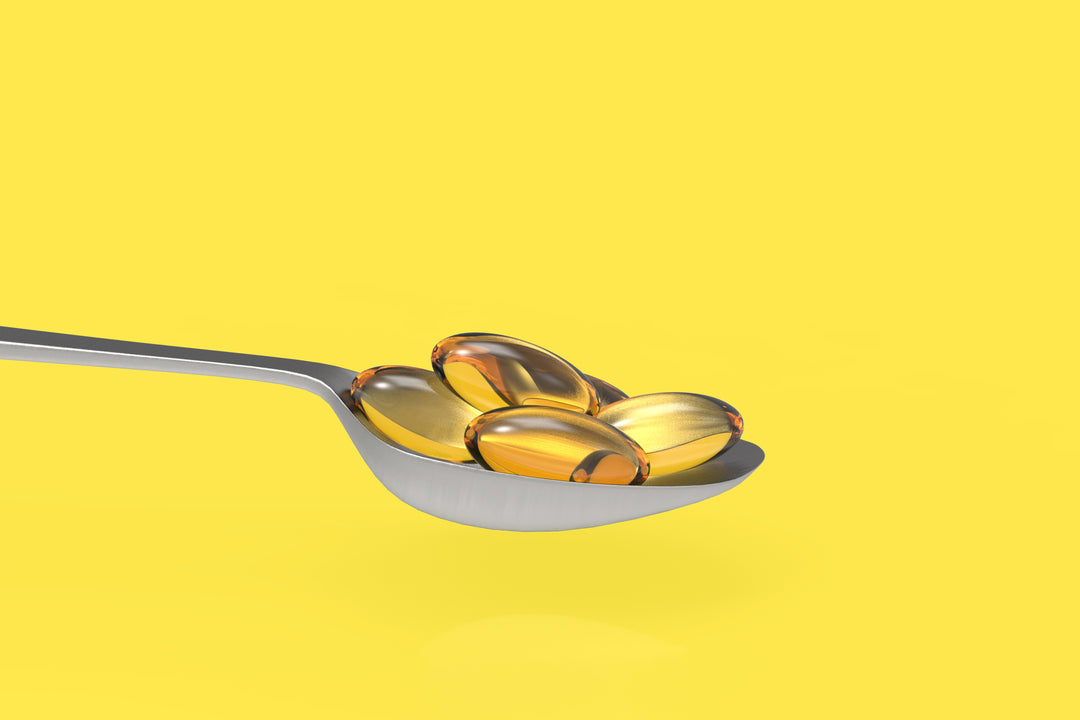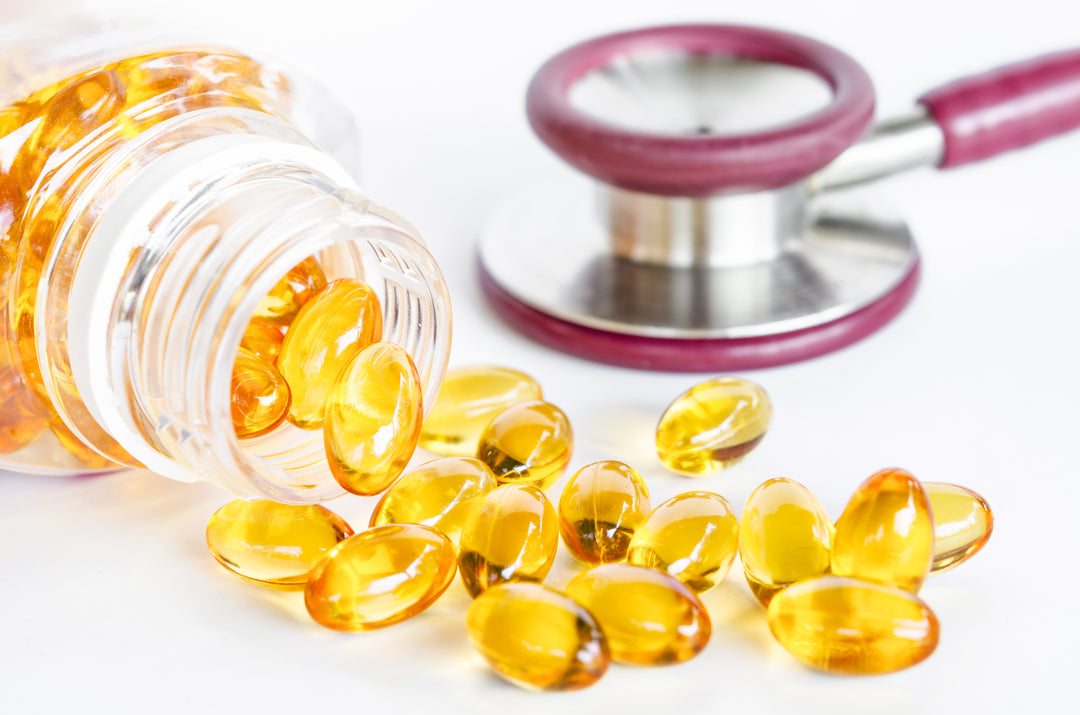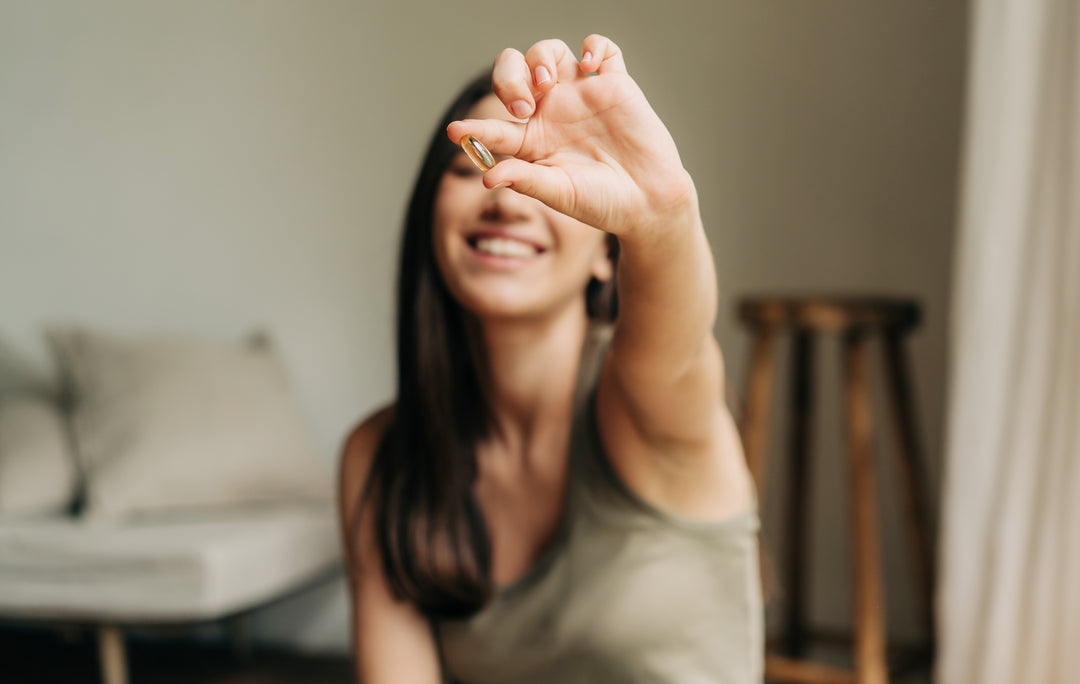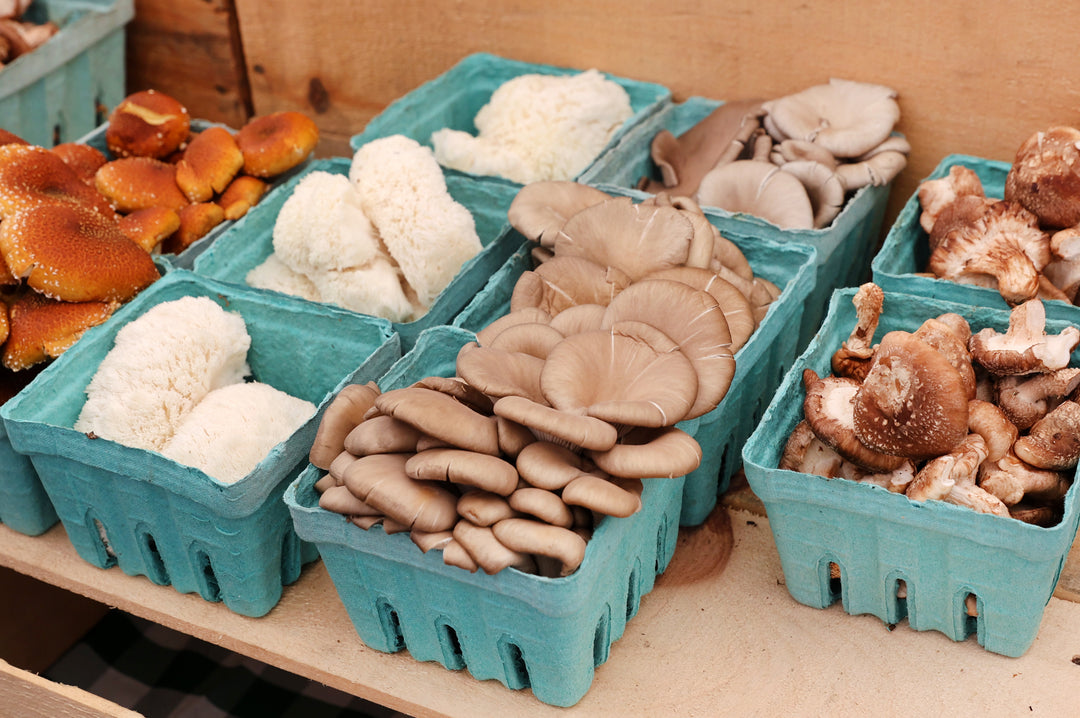What Is Intimate Flora?

Understanding your intimate flora, especially the female flora has become a topic that is no longer shrouded in taboo and mystery. So, what is intimate flora and why is knowing about something that is considered more important that before. This is exactly the topic of focus in today’s blog post. So, if you find yourself still unsure and wondering how to treat it or help maintain its health, you may want to stick around, as we plan on investigating this further and will answer most of your questions. Before we dive in, let’s have a brief recap of what intimate flora is and how it’s so important for your overall health and wellbeing.
What is intimate flora?
The intimate flora is also known as vaginal flora, is the natural microbiome found in the vagina and is a collection of bacteria that are living in the vagina. It’s a delicate blend of good and bad bacteria that works in a similar way to the ecosystem found in the gut. To have a balanced microbiome means there is an even amount of good and bad bacteria which, in the naturally acidic pH of the vagina can be altered with the slightest change.
You’ll find the main factors of the intimate flora are comprised of a collection of different probiotic strains, such as.
- Lactobacillus reuteri
- Lactobacillus rhamnosus
- Lactobacillus crispatus
- Lactobacillus gasseri
- Lactobacillus iners
- Lactobacillus jensenii
As effective as these probiotics are, it is rare to find all strains living in the vagina, but instead will reside in other areas of the body, such as the gut or mouth. All of this work together to keep the intimate flora functioning correctly and ensure the vaginal health is protected. The main role of these probiotics is to deliver the following.
- Help with the production of lactic acid; this ensures the pH levels in the vagina remains slightly acidic. This supports the growth of good bacteria and prevents bad bacteria to overgrow and inhibits infections from developing that occur when there is too much yeast in the flora.
- Supports the production of hydrogen peroxide; this and other substances prevents the growth of the bad pathogens of bacteria to become overproduced and alter the balance of the flora leading to all manner of concerns and conditions.
There are many ways these pathogens can overgrow and wreak havoc on the microbiome, such as, using highly perfumed shower gels and washes, overuse of douches, having unprotected sex or multiple sexual partners, and recently finishing a course of antibiotics. All these combined, or on their own can upset the pH levels and weaken the flora making it susceptible to infections. Most common concerns are bacterial vaginosis (BV), yeast infections, and yeast infections. The vaginal flora can become disrupted more easily during different stages of your life, pre and post birth, puberty, menopause, and during the years you are sexually active. It is important to remain healthy and practise safe sex as this will not only keep STIs and diseases at bay but will keep the intimate flora balanced and in its healthiest state. If you ever have any concerns, you shouldn’t hesitate to get in touch with a medical professional for further guidance.
How can I increase vaginal flora?
There are a few various ways you can increase the vaginal flora. You can choose to introduce probiotics into your daily routine, especially if the blend contains beneficial strains such as lactobacillus. Diet and lifestyle are another way of increasing your vaginal flora, food enriched in probiotics and prebiotics will support the microbiome. Opting to include yoghurts, kefir, sauerkraut, and miso to name the most popular. You can also help the flora’s further by making some changes in your lifestyle, such as quitting smoking, reducing stress, and incorporating supplements and probiotics in your day-to-day routine.
How do I know if my vaginal flora is off?
Keeping an eye on the slightest change in your vagina and its natural discharge will give you a clear indication your intimate flora is off. These symptoms are as follows;
- There is a strong “fishy” smell that develops after sex and during your menstrual cycle.
- You have a discharge that is off-white, grey, or even green in appearance
- Your discharge changes consistency to resemble cottage cheese or thick curd
- Your discharge has a strong and unpleasant fishy smell
If you find itchiness or soreness in and outside the vagina can show you have developed thrush or similar yeast infection. These doesn’t necessarily mean your vaginal flora is off, but it does show there is an imbalance and if left untreated can result in further complications.
How long does it take for probiotics to work?
It can take 1-2 weeks for probiotics to work once you have started consuming your probiotics. Ensuring you are taking the best formulation of probiotic strains for your needs. Checking the ingredient list on the packaging should one of the first tasks you take when you find a suitable product. If doing this will is too complicated or you are finding it overwhelming, consult with a doctor or medical professional for help.
Should I take probiotics in the morning or at night?
This is very much dependant on you and how the probiotics fit into your routine, having said that, many experts suggest taking probiotics in the evening allows the good bacteria to make its way into the required areas, such as the gut and vagina. The evening is thought optimal time as there is less disruptions and exposure to harmful contributors.
What to expect when you first start taking probiotics?
There are some common symptoms you can suffer from when you first start taking probiotics. These are bloating, gas, and some experience diarrhoea. These are nothing to be too concerned about and will often clear up on their own accord. If however, you find you experience these problems for a longer amount of time, it may be a case of stopping your probiotics, waiting for the flora to rebalance and then continue your search for the most suitable strain of probiotics.
There you have it; I hope you have found this information about the intimate flora useful. If you wanted to find out more, check out our other blog posts about probiotics, over on the Wellgard website.





